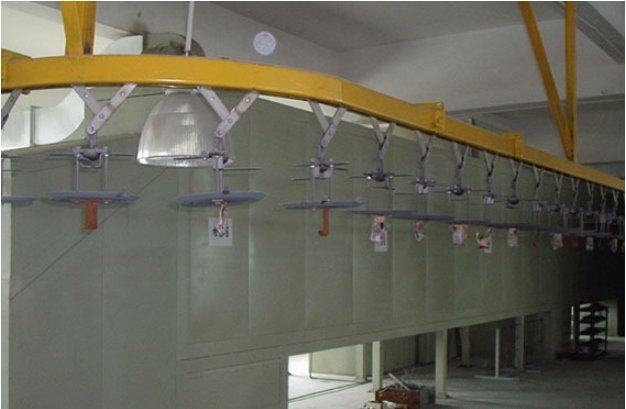
How to reduce the energy consumption of electrostatic powder coating production line?
How to reduce the energy consumption of electrostatic powder coating production line?
Great question — reducing energy consumption in an **electrostatic powder coating production line** can lead to **lower operating costs**, better **sustainability**, and even improved **process control**. Here’s a breakdown of effective strategies to cut energy use across the key stages:
—
### ⚙️ **1. Optimize Curing Oven Efficiency**
This is the biggest energy consumer in most powder coating lines.
– **Use infrared (IR) or UV curing** where applicable — faster and more efficient than convection.
– **Insulate ovens properly** to reduce heat loss.
– **Use high-efficiency burners or electric heaters** with good controls.
– **Install heat recovery systems** to reuse exhaust heat for preheating incoming air or parts.
– **Ensure proper oven sealing** — leaks waste heat and can throw off curing.
—
### 🌬️ **2. Improve Airflow and Filtration Systems**
Fans, filters, and booths can quietly draw a ton of power.
– **Use variable frequency drives (VFDs)** on fans and blowers to match real-time demand.
– **Maintain filters regularly** to prevent resistance and motor overuse.
– **Optimize booth airflow** to prevent over-ventilation while maintaining safety.
– **Balance air pressure** inside the booth to reduce powder escape and recirculation load.
—
### ⚡ **3. Enhance Powder Spray Efficiency**
More efficient spraying = less powder wasted and fewer re-runs.
– **Use high-efficiency guns** with precise voltage/current control.
– **Keep electrodes clean and maintained** for optimal charging.
– **Ensure good part grounding** — poor grounding reduces transfer efficiency.
– **Optimize gun distance and angles** to minimize overspray.
—
### 🔄 **4. Improve Recovery and Recycling**
– **Use a high-efficiency recovery system** (e.g., cyclone + cartridge filters) to reclaim more overspray powder.
– **Minimize color change downtime** — fast color change systems reduce energy used during idle/wash cycles.
—
### 🏭 **5. Pre-Treatment Process Efficiency**
Pretreatment heating, spraying, and rinsing use a good chunk of energy.
– **Recycle rinse water** and heat it with energy from waste sources if possible.
– **Use energy-efficient pumps and heaters.**
– **Preheat parts using waste heat** from ovens or compressors.
—
### 💡 **6. Process Monitoring and Control**
– **Install smart sensors and controls** for ovens, fans, and sprayers.
– **Monitor real-time energy usage** and track KPIs to identify inefficiencies.
– **Automate startup/shutdown** to reduce idle energy use.
—
### 🧠 Bonus: Behavioral and Operational Improvements
– Train staff on energy-efficient practices.
– Avoid over-curing or over-spraying — more isn’t always better.
– Schedule production in batches to reduce warm-up/cool-down cycles.
—
Want help building an energy audit checklist or estimating your line’s current energy usage? I can help with that too.
electrostatic painting and powder coating las vegas nv
electrostatic painting powder coating
electrostatic painting powder coating what is the difference between
electrostatic painting powder coding
electrostatic painting wet vs powder coating
electrostatic painting with powder
electrostatic painting with powder paint
electrostatic phenomena during powder handling
electrostatic phenomena in powder coating
electrostatic powder coat
electrostatic powder coated

